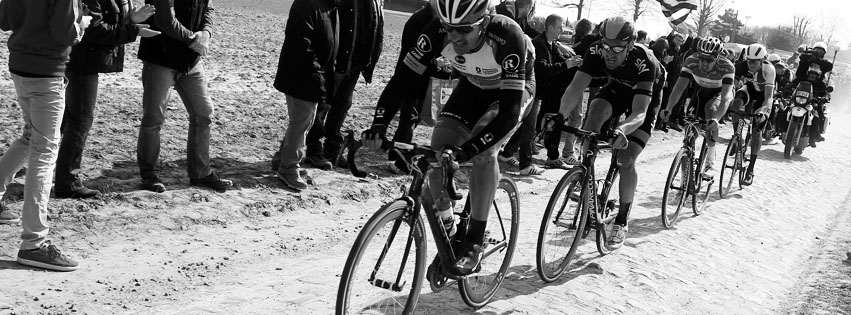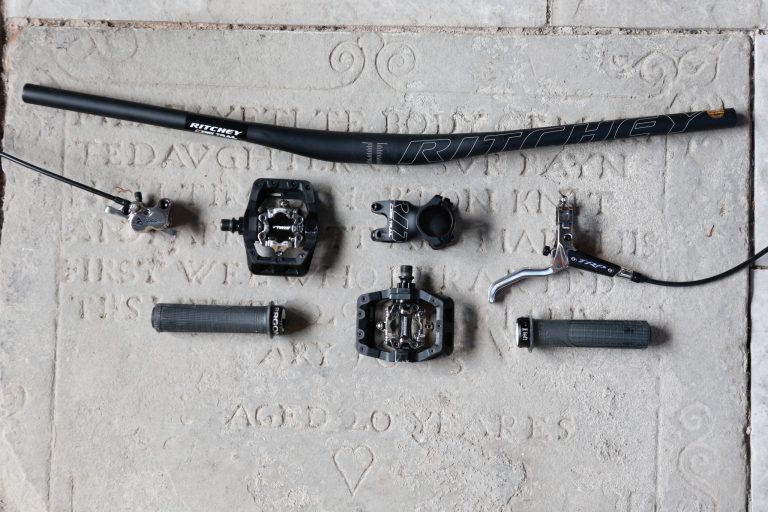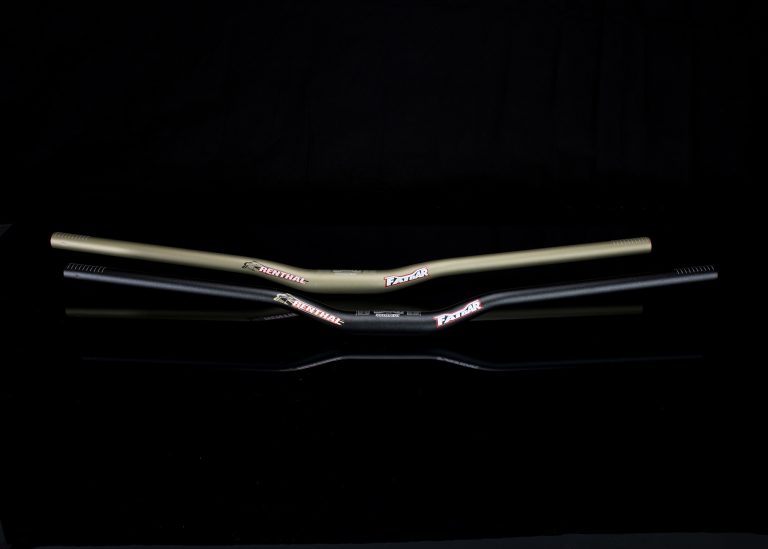 It’s easy to get carried away with the association between carbon and lightness, but even back in the early days Trek had a 32lb version of their ali bike, and in 2010 the team bikes were the lightest on the circuit at around the 35lb mark. This particular bike (without the carbon bar and crank) weighs in at over 37lbs.
It’s easy to get carried away with the association between carbon and lightness, but even back in the early days Trek had a 32lb version of their ali bike, and in 2010 the team bikes were the lightest on the circuit at around the 35lb mark. This particular bike (without the carbon bar and crank) weighs in at over 37lbs.
The Session 9.9 sees a marked shift in direction in that they now have a bike fully adjustable. Lets take a look.
ADJUSTABILITY/TUNABILITYHaving sailed through the calm waters that non adjustability offers, Trek have suddenly turned into the current of change by providing us with a bike that can be loosened, lowered and lengthened. This years Session was so well sorted I really wonder what this is all about? Were the Madison (county) designers bored of the Session, looking for adventure? Do they feel that the competition provided something with a bit more to nibble on? Did they, like others, feel compelled to ride the wave of changeability?
It’s not as if they hadn’t already gone some with the 9.9 in making a sea of changes – moving the pivot locations, having a carbon option,  air fork – and now the Mino link, a chip that can change the ride characteristic to work the percentages. More pedal power or more hits? Hard damping or soft damping – in its simplest form at least.
air fork – and now the Mino link, a chip that can change the ride characteristic to work the percentages. More pedal power or more hits? Hard damping or soft damping – in its simplest form at least.
Look at the numbers:
In Mino Link ‘Race’, designed for bigger, faster hits and square edge business. With 0º AngleSet and 580mm fork = 63.5º Headangle and 14.2” Bottom Bracket.
In Mino Link ‘Park’, aimed at giving more push for jumping and faster pedal stuff. With a 0º AngleSet and 580mm fork = 64.1º Headangle and 14.5” Bottom Bracket.
Not gigantic changes in themselves, but no doubt providing a subtle and noticeable trail temperament for definite. More than that, the extremes possible with the AngleSet allows for a head angle as steep as 64.8º and as slack as 62.5º, and a Bottom Bracket from 14” to 14.6”. A marked move away from this year’s bike the subtle tunability will be a welcome feature for the enthusiasts at least.






